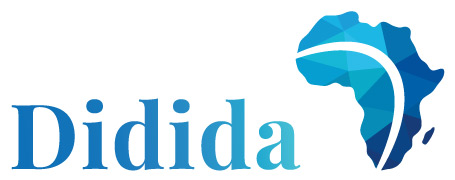Enhancing Public Health Surveillance: Highlights from the IDSR Training Workshop with DIDIDA and MoH
The Integrated Disease Surveillance and Response (IDSR) training workshop
The Kenyan Ministry of Health through the national disease surveillance, the Kisumu County health management and disease surveillance together with PharmAccess-DIDIDA facilitated an Integrated Disease Surveillance and Response (IDSR) training workshop. They covered key topics such as surveillance techniques, data collection, data analysis, and response protocols. Participants from the DIDIDA network of 25 healthcare facilities engaged in hands-on exercises, role-playing scenarios, and discussions to reinforce learning. The Integrated Disease Surveillance and Response (IDSR) training session held over the past few days was designed to enhance the capacity of healthcare professionals in effectively managing public health surveillance and response. The primary goal was to provide comprehensive training on the IDSR strategy, focusing on key components such as disease detection, timely reporting, data analysis and coordinated response to outbreaks. Participation was through engagement in a series of informative presentations and interactive discussions. These activities aimed to deepen their understanding of surveillance techniques, improve data management skills and foster a collaborative approach to disease control.
The workshop also emphasized the importance of multi-sectoral collaboration and community involvement in strengthening public health systems. The DIDIDA PhD students, Felix and Kevin, made a joint presentation on the DIDIDA strategy for IDSR. The aim was to share DIDIDA’s disease surveillance dashboard and discuss its potential for Kenya Health Information System (KHIS) data validation through descriptive analyses of the various indicators and events (~26). Several notable discrepancies that were detected during the range of analyses in comparison to the reporting by the same health facilities using the national KHIS during the same time period spanning the past year. Out of the presentation made, we were able to spark interesting discussion on the possible reasons as to why the same data from the same starting point was showing significant levels of deviation at the final stages of reporting. It was also commendable that in a majority of cases, trends in disease reporting were similar between the DIDIDA dashboard and what was presented on the national dashboard (KHIS2).
Personal Experience and Reflections on the IDSR workshop
Presenting at the IDSR training workshop was a deeply fulfilling experience. One of the highlights was re-iterating the lessons that were already covered by the national IDSR trainers on the KHIS platform similar to those off of our DIDIDA IDSR perspectives. This means we as DIDIDA are doing things right. It was encouraging to see the participants actively engage with the material, ask insightful questions and demonstrate a keen interest in improving their surveillance practices. A particularly memorable moment was during the discussions raised over the data discrepancies between DIDIDA platform and the DHIS2 (KHIS) where it showcased their dedication and the practical application of the concepts discussed in the training. Another significant aspect of the workshop was the networking opportunities it provided. Participants from different levels; national, county, sub-county levels and sectors shared their experiences and challenges, leading to valuable exchanges of ideas and best practices. This sense of community and shared purpose was a testament to the collaborative spirit of the IDSR framework. Although we had initially thought that highlighting the discrepancies between DIDIDA dashboard and DHIS2 would lead to unnecessary debate on which platform was superior, this was not the case. All the IDSR focal persons agreed that this was a good move and would spark desire for data validation. They encouraged us to communicate to them often whenever we come across such discrepancies. Precisely, the IDSR focal person of Nyakach promised to follow up with our data manager with regards to TB data inconsistency in his area of jurisdiction (DIDIDA TB tests were about 153 while DHIS2 showed 1,093). We were introduced to the next generation e-IDSR by the MoH trainers which will be much similar to what the DIDIDA IDSR is accustomed to. This involves conversion of all IDSR tools used for data capture from paper-based forms to electronic data capture.
Key issues to some questions raised during DIDIDA vs KHIS reports
From the discussions, we identified key issues that could contribute to data discrepancies between the DHIS2(KHIS) and the DIDIDA platform.
- Errors occurring during data entry in the Kobo toolbox go uncorrected since they are not able to go back to edit data keyed in with mistakes.
- DHIS2 (KHIS) IDSR data is usually reviewed and corrections requested during review can increase or reduce number of reports, hence contributing to the deviations
- Some facilities have different persons handling DIDIDA and DHIS2 data entry e.g DIDIDA data could be handled by lab technologist whilst DHIS2 data is handled by the health records information officer.
- It is possible that in some circumstances, DIDIDA variables are interpreted differently as compared to those on the DHIS2 platform. Suspected cases versus the confirmed cases e.g typhoid. Officers emphasized that this is an issue that requires further investigation.
- Generally, number of tests done at a given healthcare facility can be higher than the number of suspected cases due to self-referral to the lab where a patient can seek a test without seeing a clinician.
- Typhoid tests could be higher than the typhoid cases; possible scenario is when a clinician sends a patient for a test e.g cholera, the patient turns out negative for cholera at the lab but tests positive for typhoid.
- The other possible reason for data discrepancies highlighted was double reporting, where a patient may seek the same services and/or testing from more than one healthcare facility leading to their data being captured and reported multiple times.
- DIDIDA reports capture data without delays whereas in the DHIS2 platform, delays may arise since the data is captured in paper-based records and physically transported to sub-county health records information officer where the aggregated data is entered onto the platform, especially for the healthcare facilities who do not have rights to entering data onto the KHIS platform. N/B: There are some facilities that have rights to enter data in DHIS2 directly while others have to forward hard copies/ images to the subcounty HRIO.
- On the DHIS2 platform, the only Tuberculosis reported are the MDR/XDR cases, whereas the DIDIDA dashboard, we have Tuberculosis as an indicator.
- Tuberculosis is mostly reported by facilities that have GeneXpert, making most facilities report zeros while others report high numbers. This could also lead to double reporting.
- With regards to typhoid testing, most facilities do SAT test while others do both S.A.T and Widal test.
- HIV cases are the true numbers of patients tested during each epi-week. Most hospitals have HTC tends with professionals that target a significant proportion of patients seeking care in these facilities.
- Malaria is reported by all facilities due to the fact that there are several partners who support malaria programmes from the national government to independent partners. Some facilities report only malaria.
- Malnutrition cases were reported as a combination of all nutrition-related conditions; marasmus, kwashiakor, MUAC, weight for height etc. Most adult malnutrition cases reported are for expectant mothers.
Conclusion
- IDSR focal persons agreed that both DIDIDA and DHIS2 dashboards serve significant purposes.
- HRIOs felt that it would be a good initiative for the DIDIDA team to let them know whenever we discover alarming discrepancies between DIDIDA and DHIS2 data.
- The enthusiasm and commitment displayed by everyone involved underscore the importance of continuous education and collaboration in public health.
- Strengthening capacity to the people involved in IDSR translates to improved quality in data collected through KHIS and DIDIDA.
Photographs:
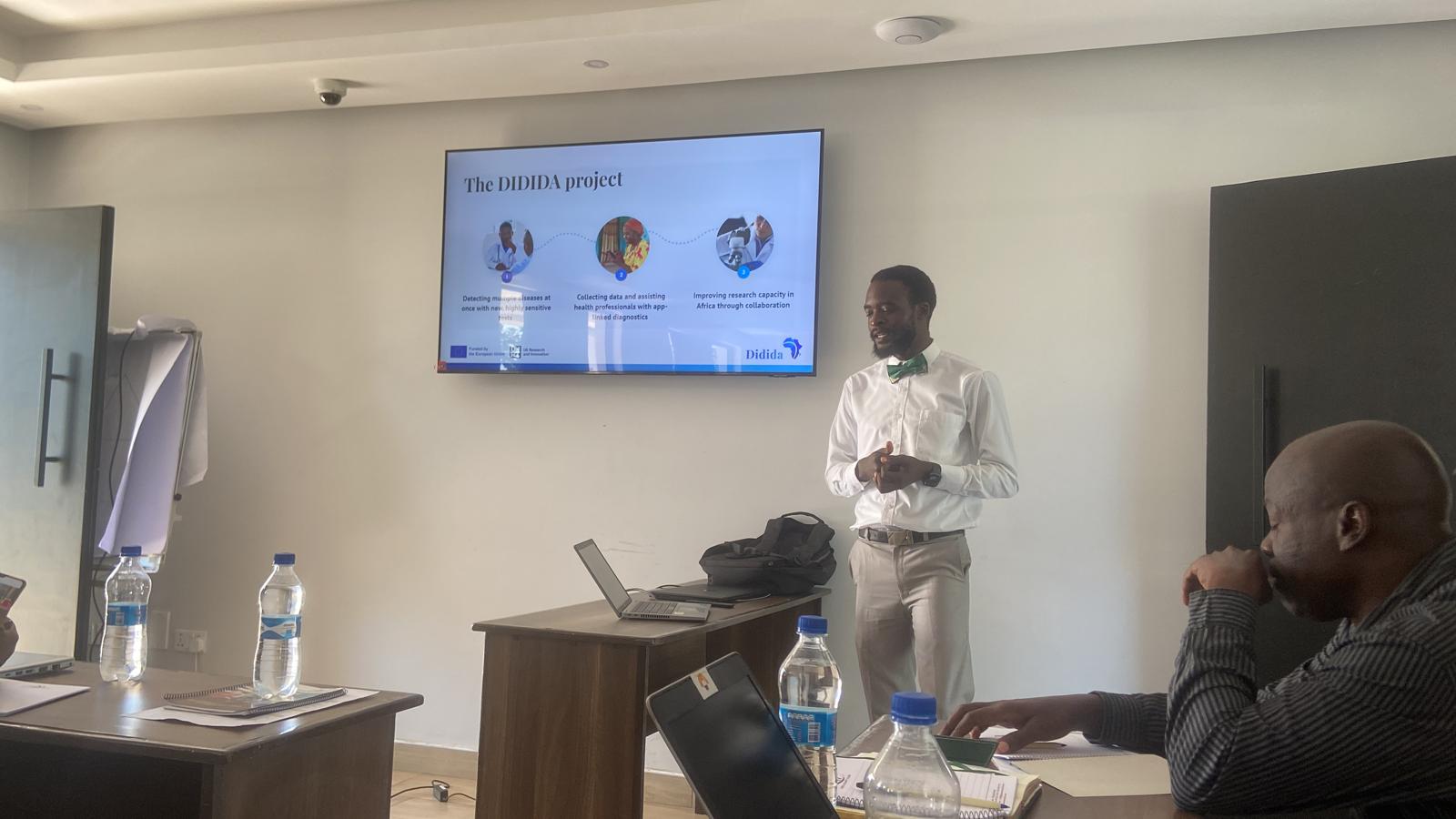
Fig 1: Kevin introducing the DIDIDA project to the attendees of the IDSR training workshop
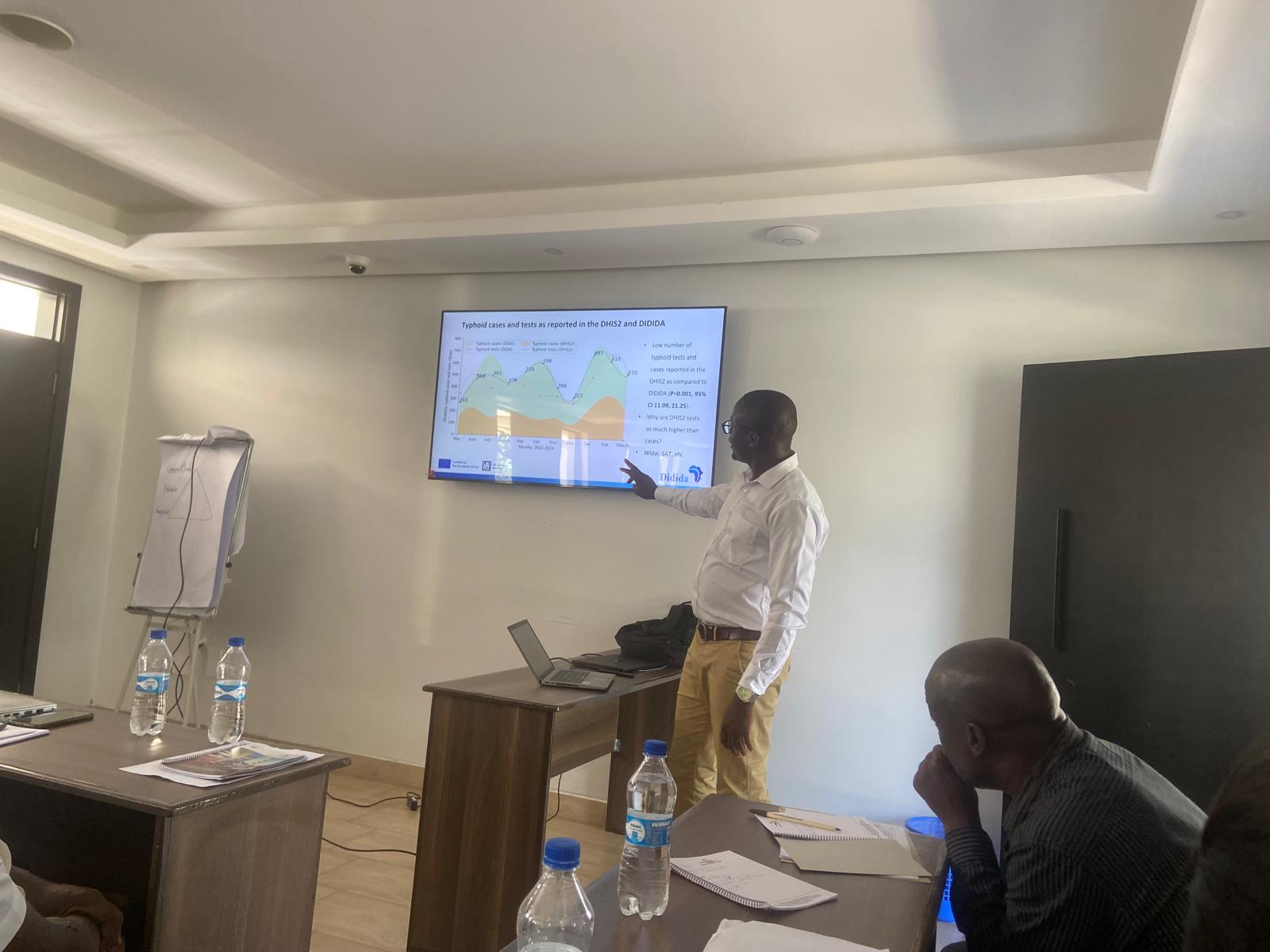
Fig 2: Felix highlighting discrepancies between typhoid cases and tests reported by DIDIDA vs DHIS2
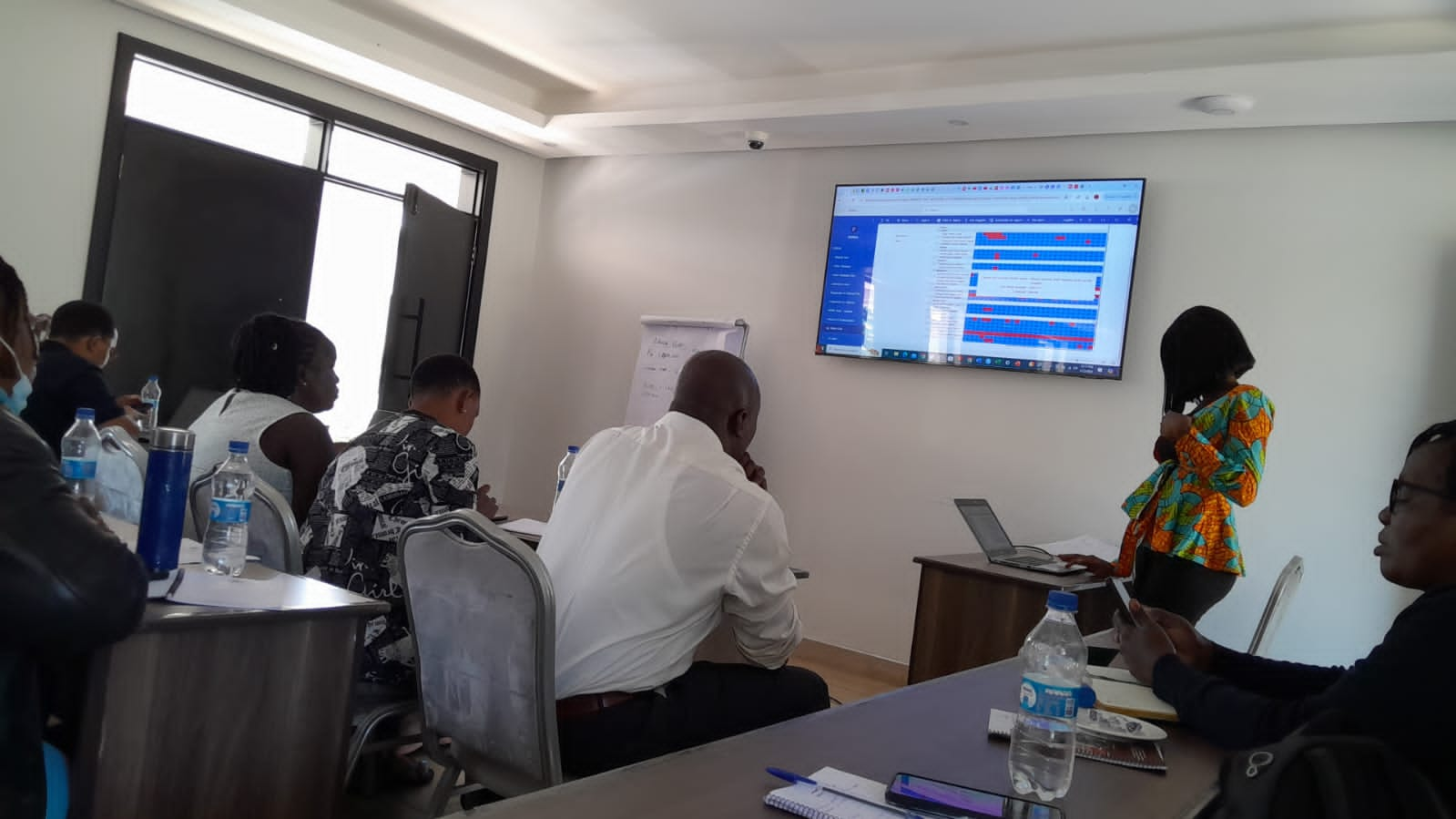
Fig 3: Naomi demonstrating the data completeness recorded on the DIDIDA dashboard
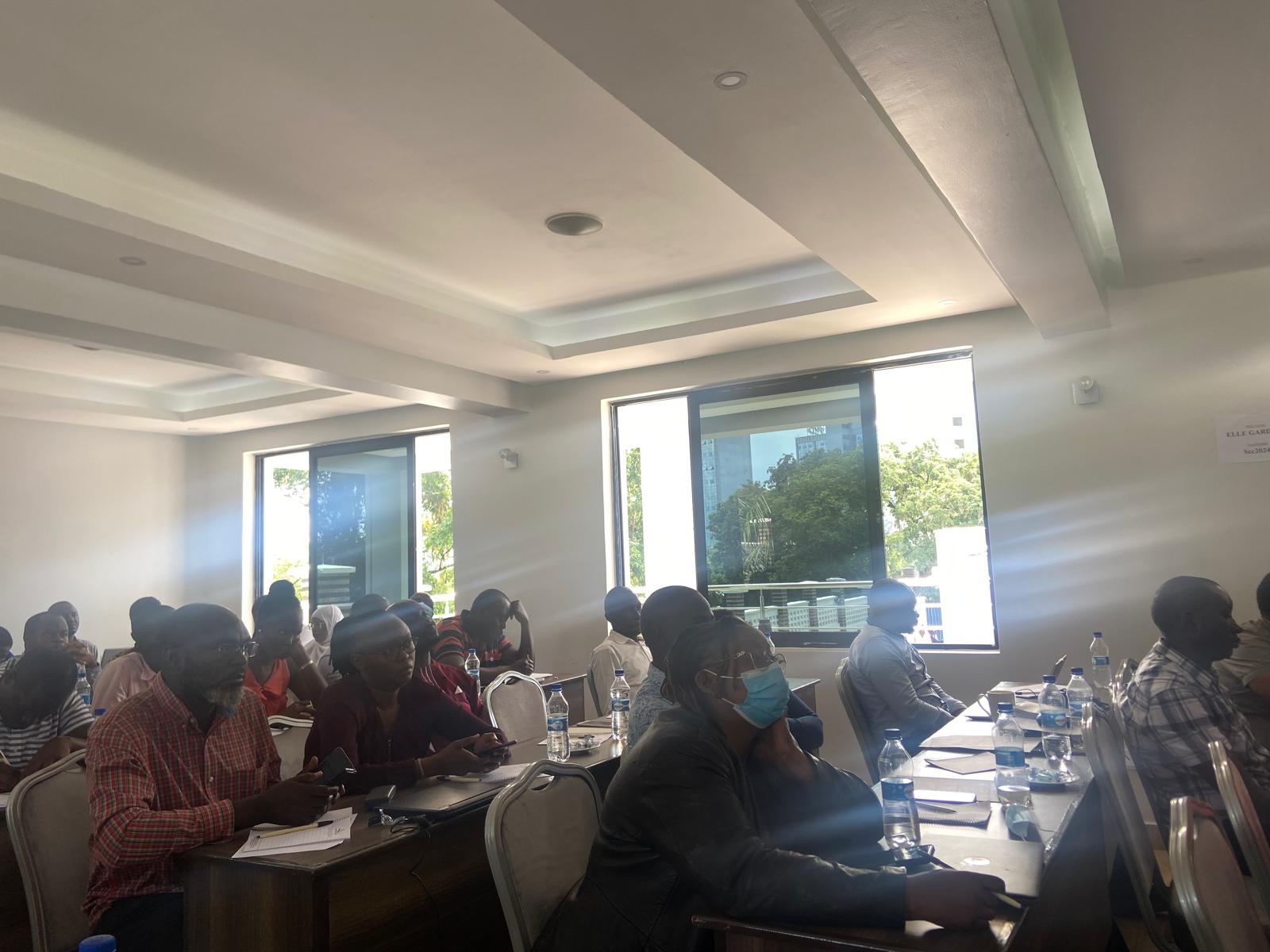
Fig 4: Trainees paying attention during the IDSR training workshop
Want to know more?
Are you a student and you want to learn more? A researcher seeking to consult our publications? A citizen eager to better understand the issues? A decision-maker who can promote this innovation? A journalist looking for an engaging story to tell?
